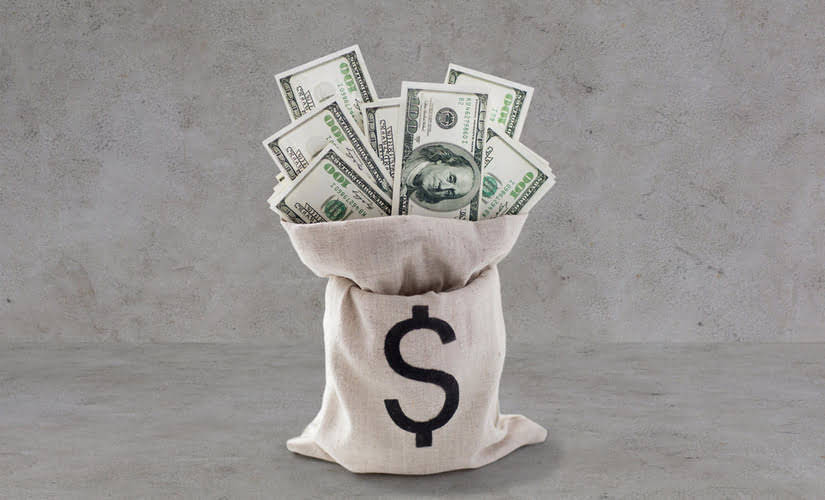Content

The relative magnitudes of creditor supplied funds (Balance Sheet Liabilities) compared to investor provided funds (Owners equity) is the firm’s level of financial leverage. Those whose claims come last in the order of precedence for receiving payment on equity claims are said to have a residual claim.Not surprisingly,this term usually applies to owners of common stock shares. The Owners equity concept applies to companies in business, but it is similar to the notion in personal finance, where a homeowner speaks of “equity” in a home property.
- Treasury stock refers to the number of stocks that have been repurchased from the shareholders and investors by the company.
- If you have followed this post, then you should already know how to calculate your business’ equity and should probably understand by now what your business is worth.
- The balance sheet — one of the three core financial statements — shows a company’s assets, liabilities, and shareholders’ equity at a specific point in time.
- Only sole proprietor businesses use the term “owner’s equity,” because there is only one owner.
- Negative equity can create long-term problems for a business because it indicates that the company doesn’t have enough capital to support its operations.
In the wake of the COVID-19 pandemic and escalating tensions with China, American companies are actively seeking alternatives to mitigate their supply chain risks and reduce dependence on Chinese manufacturing. Nearshoring, the process of relocating operations closer to home, has emerged as an explosive opportunity for American and Mexican companies to collaborate like never before. Before you set off to find out what equity is and how to calculate it, you need to understand a few things first. For example, a partnership of two people might split the ownership 50/50 or in other percentages as stated in the partnership agreement.
What is owner’s equity and how to calculate it?
If you buy it for more than the combined cost of the component bits, the company makes a profit, stays in business, and makes more wraps. If you don’t want or need the wrap, or if you can find it cheaper somewhere else, the company spends more than it earns, which we call a loss. Raw materials, like products and workers’ labor, go into the machine, and the machine works its magic adding value to the inputs. Economically speaking, profits are additions to the wealth of the owner.

The owners take money out of the business as a draw from their capital accounts. Retained earnings are corporate income or profit that is not paid out as dividends. Each owner of a business has a separate account called a “capital account” https://kelleysbookkeeping.com/llc-accounting-everything-you-need-to-know/ showing his or her ownership in the business. The value of all the capital accounts of all the owners is the total owner’s equity in the business. You can find the amount of owner’s equity in a business by looking at the balance sheet.
Leverage Metric 1: Total Debt-to-Equities Ratio
These increase the total liabilities attached to the asset and decrease the owner’s equity. All business types (sole proprietorships, partnerships, and corporations) use owner’s equity, but only sole proprietorships name the balance sheet account “owner’s equity.” Tom begins a business and puts in $1,000 from How Much Does Bookkeeping Cost For A Small To Medium Sized Business? his personal checking account and a laptop computer valued at $1,000. This $2,000 amount is a capital contribution since Tom has contributed capital in the form of cash and property to the business. An equity interest is an ownership interest in a business entity, from the concept of equity as ownership.
- If the company earned accounting net profits of $500,000, the book value would increase to $8,500,000.
- In the United Kingdom and other countries that use its accounting methods, equity includes various reserve accounts that are used for particular reconciliations of the balance sheet.
- Your business’ equity will increase depending on the amount of your company’s revenue that is left over after deducting and paying all expenses.
- Learn more about equity in finance and how investors use it to make business decisions.
- If a business owner takes money out of their owner’s equity, the withdrawal is considered a capital gain, and the owner must pay capital gains tax on the amount taken out.
Deducting liabilities from assets shows you how much you actually own if all your debts were paid off. Liabilities are debts your business owes, such as loans, accounts payable, and mortgages. Assets are anything your business owns, such as cash, cars, and intellectual property. Owner’s equity (also referred to as net worth, equity, or net assets) is the amount of ownership you have in your business after subtracting your liabilities from your assets. This shows you how much capital your business has available for activities like investing. Through years of advertising and the development of a customer base, a company’s brand can come to have an inherent value.
